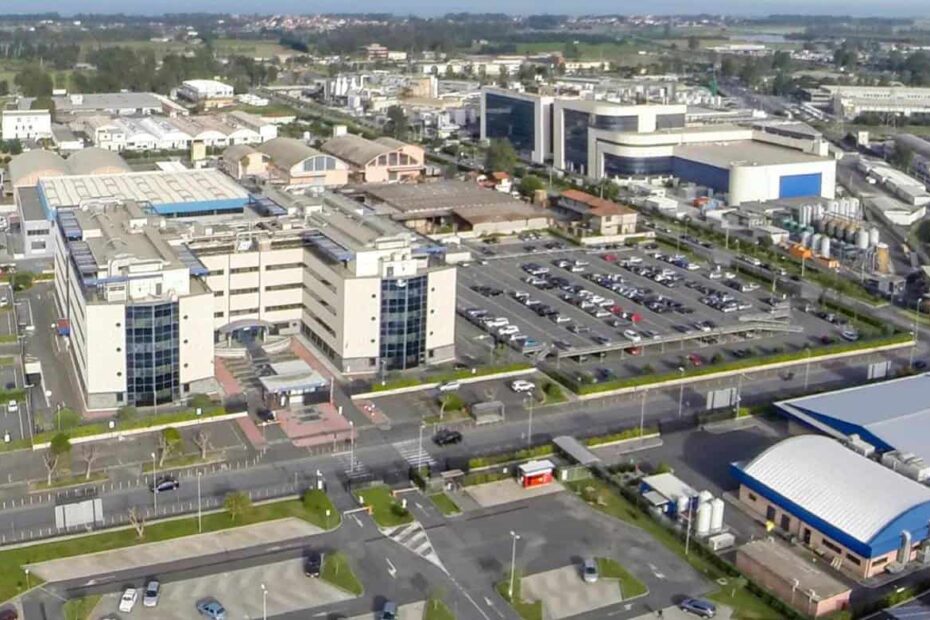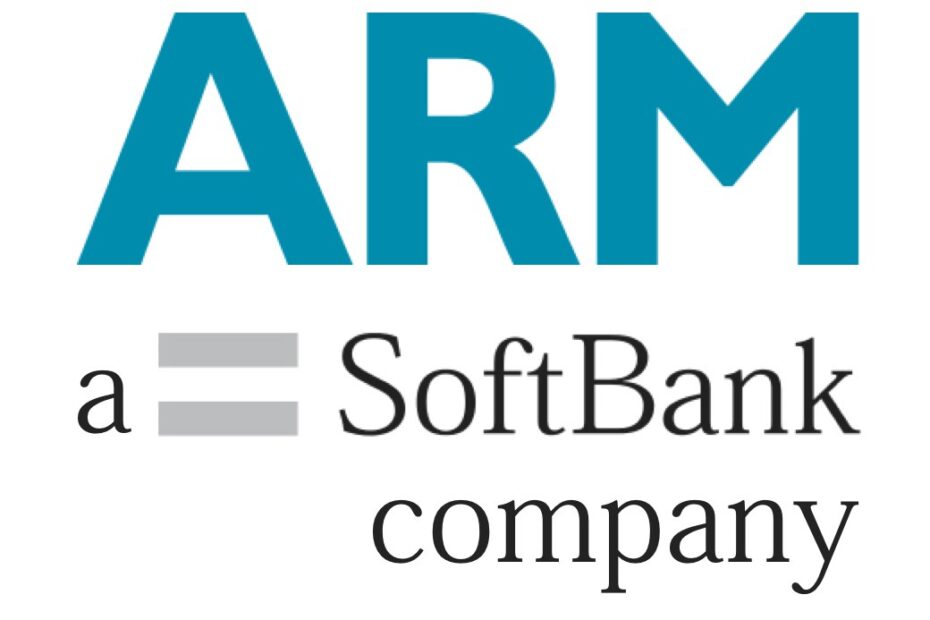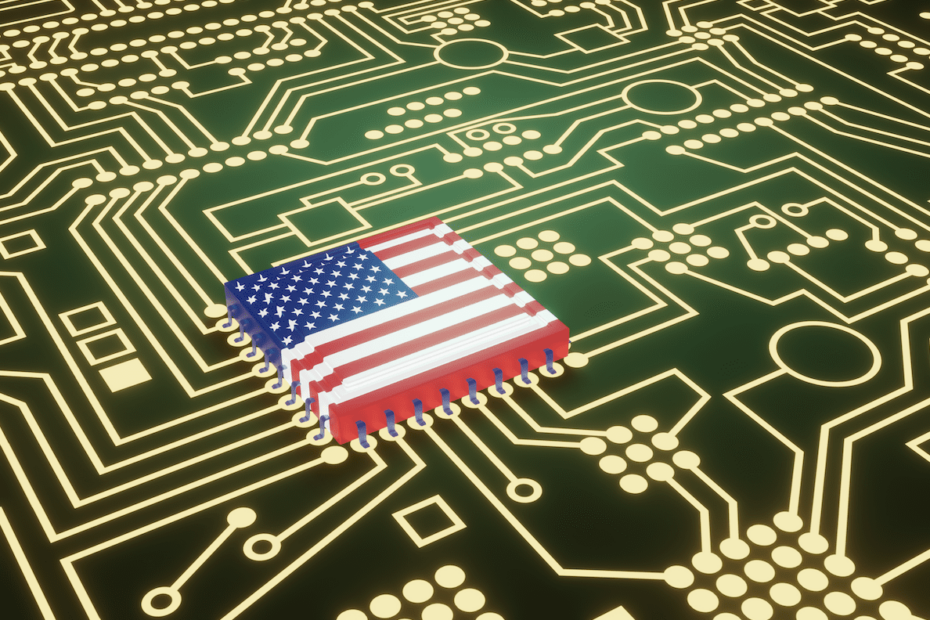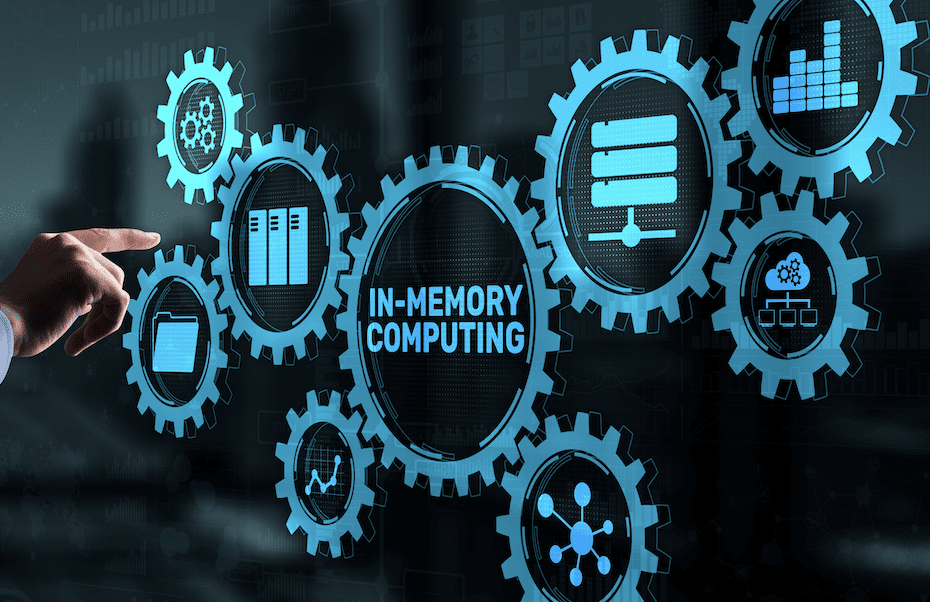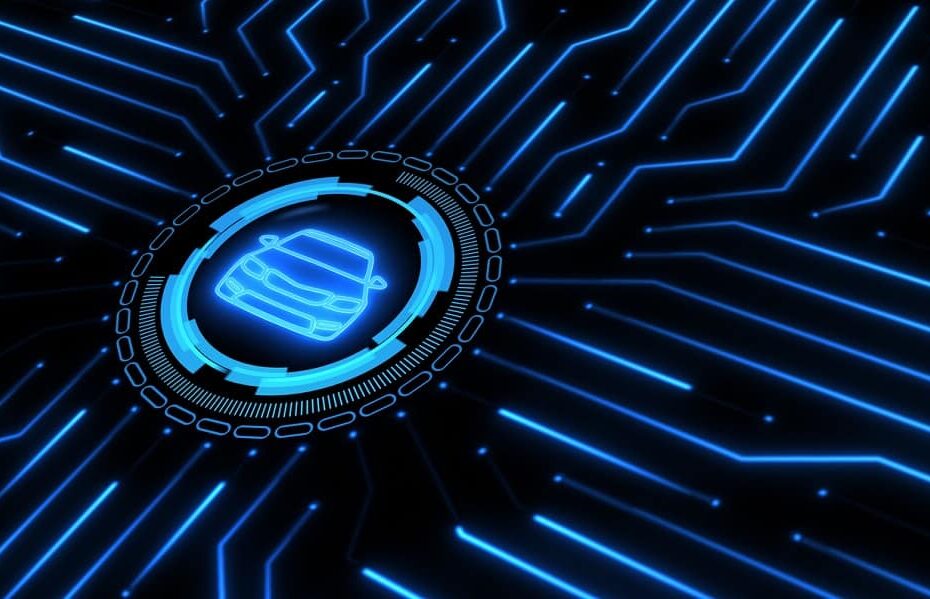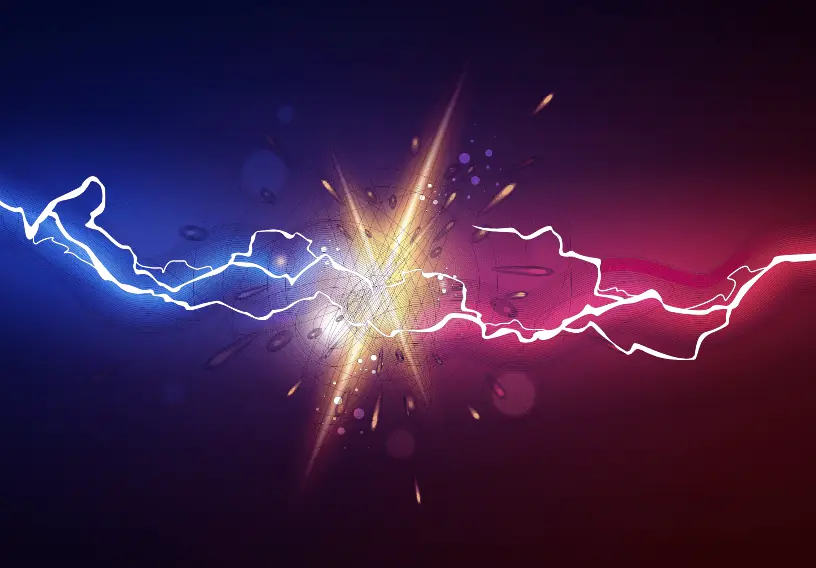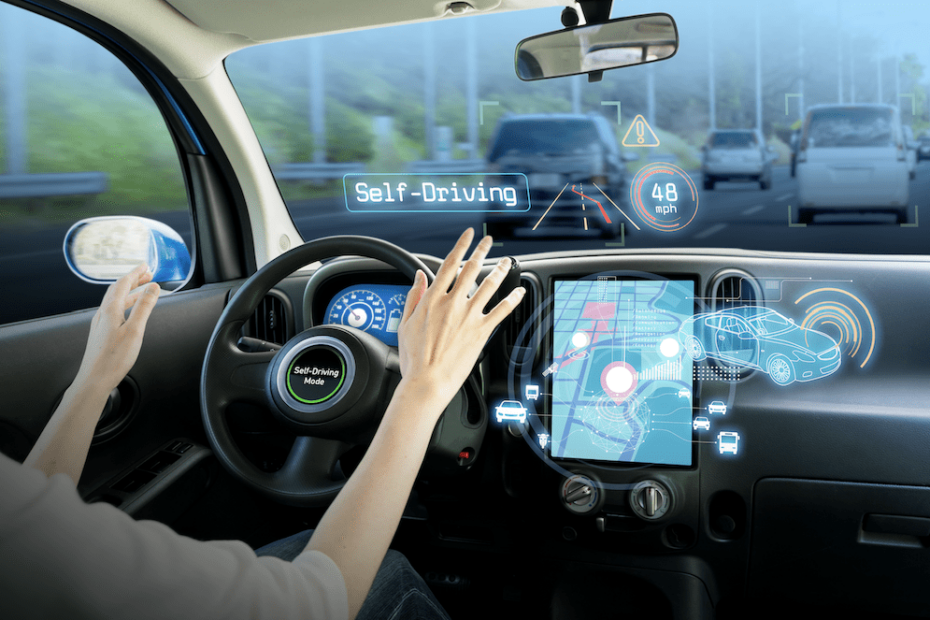By Peter Clarke
What’s at stake:
With plenty of VC funding on offer in recent years to bankroll an AI gambit, entrepreneurial engineers have been only too happy to accept the cash and assume the risk. But where are the returns?
There are too many artificial intelligence and machine learning startups. The going is getting tougher. Consolidation and acquisitions are bound to follow.
Just how rocky the AI market has become is illustrated by early mover and well-funded startup Graphcore Ltd., which announced layoffs last week. The announcement follows similar cuts at Mythic AI made earlier in the summer. If these established AI pioneers are axing jobs, what are the prospects for the legion of smaller AI wannabees?
We’ve seen about a decade of development of hardware implementations for neural network acceleration and the resulting AI algorithms. There are now probably more than 100 hardware-oriented startups still active and trying to cash in on the biggest revolution in computation since the adoption of the von Neumann architecture in the 1950s.
The accompanying roster of AI startups, organized by founding year, lists 90 entrants. All are fabless, using foundries to manufacture chips, and many are incorporating AI architectures in FPGAs or looking to license designs as intellectual property. Usually in such domains, the software- and services-oriented startups dwarf the hardware cohort by a factor of 10 or 20 to 1.
Read More »AI Hardware Startups Ready for Pruning 
